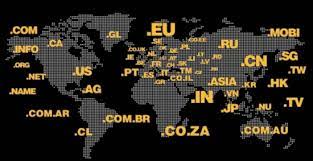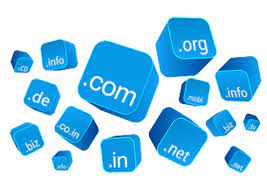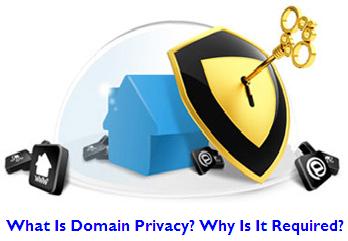What is a domain name?
Every website on the internet has an IP address. These addresses point to a website’s location—think of them like GPS coordinates. The IP address, which is generally a set of numbers, usually resembles something like this:
216.27.61.137
Unfortunately, trying to remember all of those numbers in order to navigate to a website can be challenging. That’s where domain names step in and lend a hand.
A structure called the Domain Name System (DNS) translates those IP addresses into names that are (hopefully) simple to remember. Those names are called domain names.
Your website's domain is what people enter into the address bar on their browsers to point it toward your website. In the simplest terms, if an IP address is your website’s GPS coordinates, the domain is its street address. Some examples are mailchimp.com and google.com.
When someone types a domain into a browser, it gets routed through a DNS server. That server translates the name to figure out which IP address it points to. Then it grabs the data for that website and delivers it to the browser. This process happens in a matter of seconds, letting you find and view a website fast.




